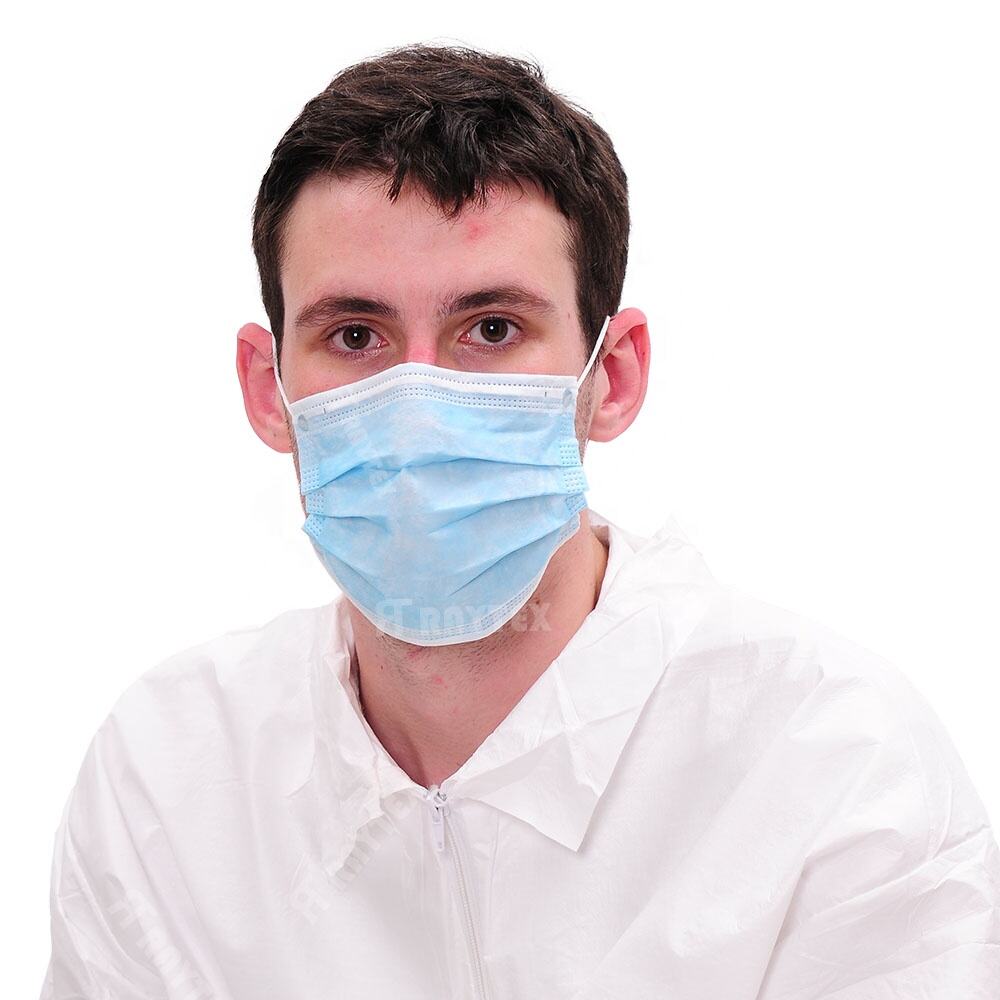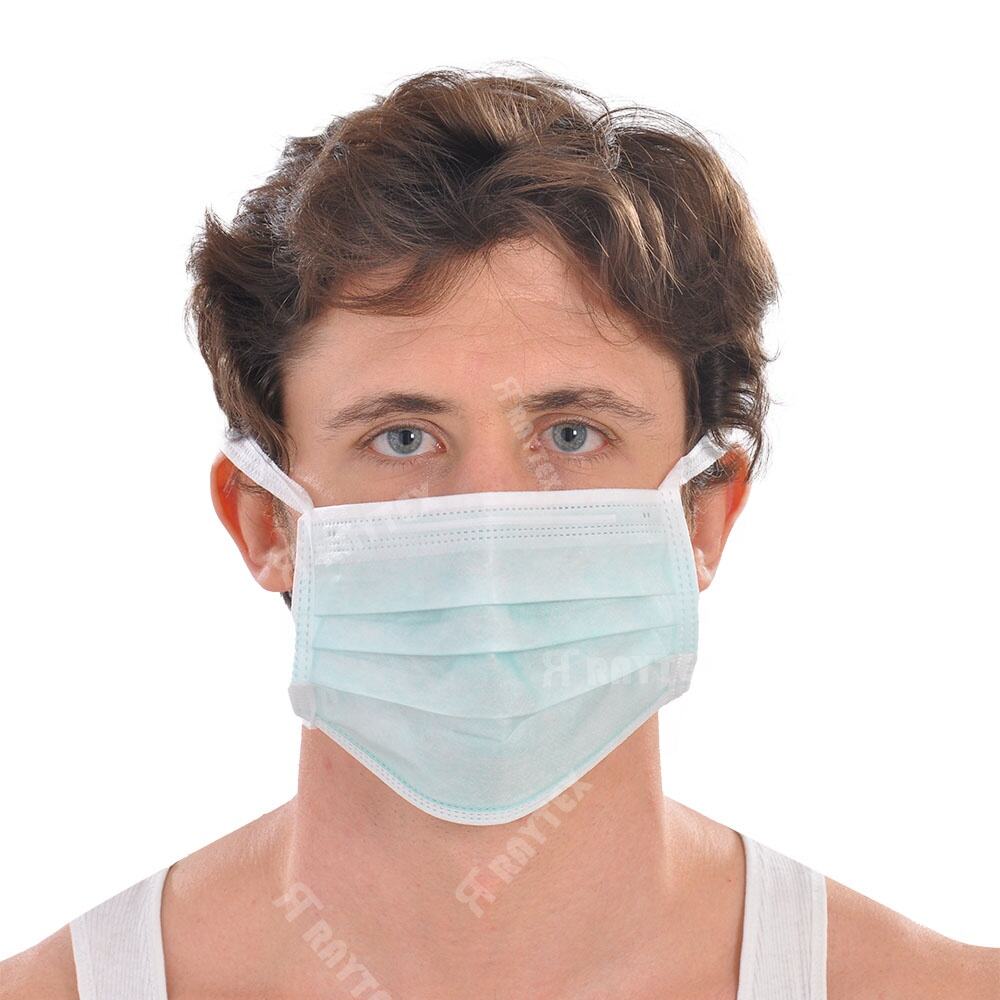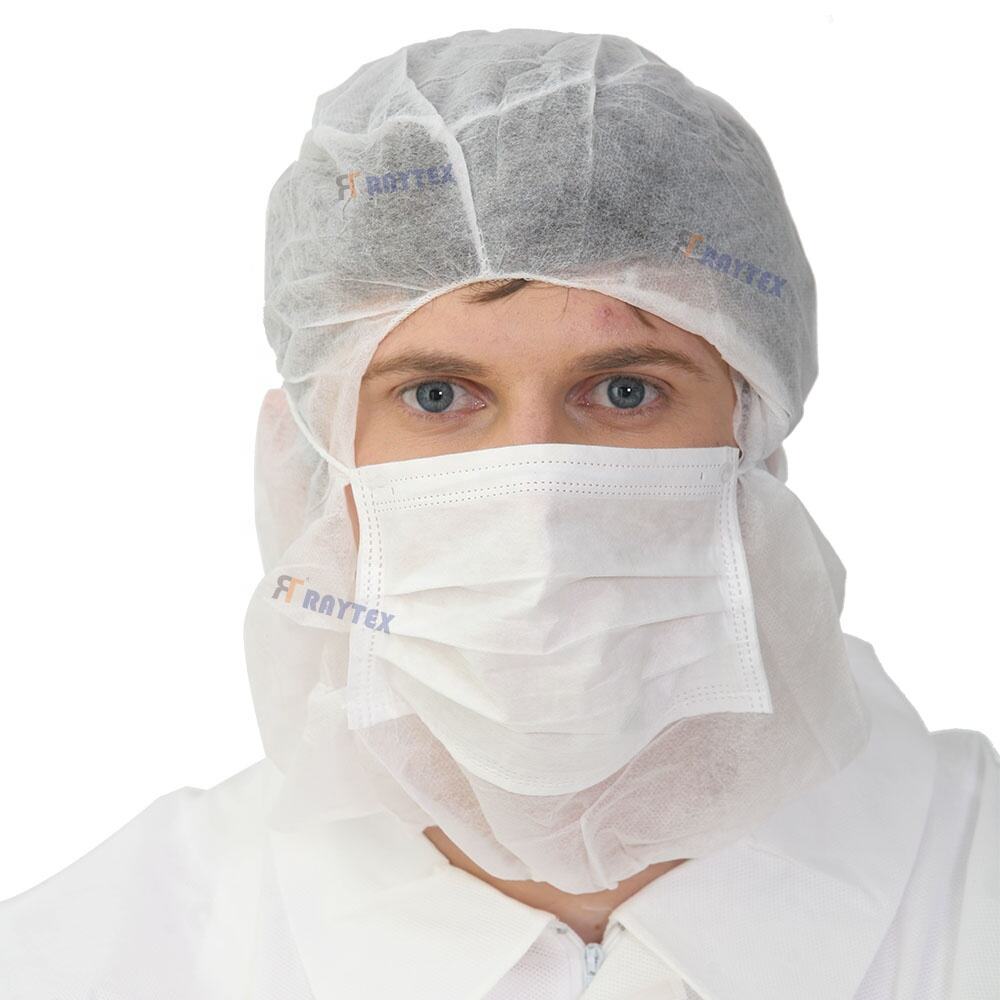Beard covers for dentists are specialized hygiene accessories designed to prevent contamination of the dental operatory by capturing hair, dandruff, and respiratory particles from facial hair, ensuring sterility during procedures that involve close patient contact. These covers are essential in maintaining aseptic conditions, as beards and mustaches can harbor bacteria, fungi, and other microbes that could be transmitted to patients through airborne droplets or direct contact. Constructed from lightweight, breathable non-woven materials like polypropylene, they offer a comfortable fit for extended wear during long dental appointments, with a design that conforms to the shape of the face without restricting movement or visibility. The structure typically includes an elastic band that fits snugly around the hairline, ensuring full coverage of all facial hair—from short stubble to longer beards—without slipping during procedures that require tilting the head or leaning close to the patient. Many models feature a contoured shape that extends down the neck, preventing hair from escaping at the nape, and are designed to be low-profile enough to fit under other PPE, such as surgical masks or face shields, without causing discomfort. The non-woven fabric is lint-free and low-particulate, ensuring it does not shed fibers that could contaminate instruments or the surgical field. Compliance with healthcare standards is critical, with these covers meeting FDA regulations for Class I medical devices and EN 13795 (standards for surgical clothing), which specifies requirements for barrier efficiency against particulate matter. They are often sterile-packaged to ensure they do not introduce contaminants into the operatory, and are disposable to eliminate the risk of cross-contamination from reusable alternatives, which can harbor microbes even after washing. Beyond infection control, beard covers help build patient confidence by demonstrating a commitment to hygiene, a key factor in patient satisfaction. They are particularly important in procedures involving open oral tissues, such as extractions or implants, where the risk of infection is higher. By integrating these covers into daily practice, dentists adhere to guidelines set by organizations like the CDC and ADA, reduce the risk of healthcare-associated infections, and uphold the highest standards of patient care—making them an indispensable part of dental PPE protocols.


